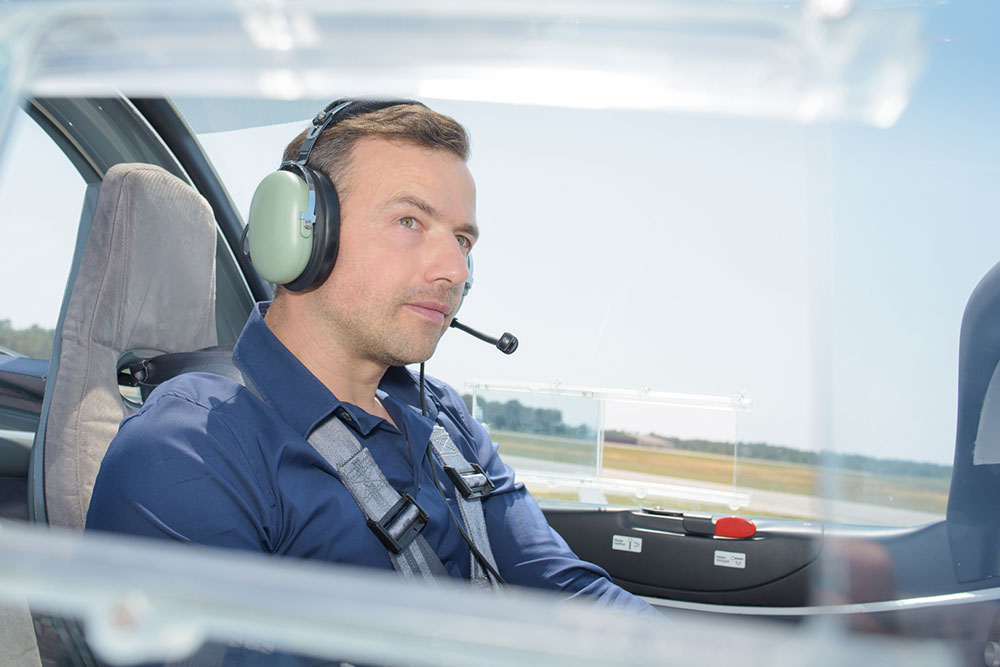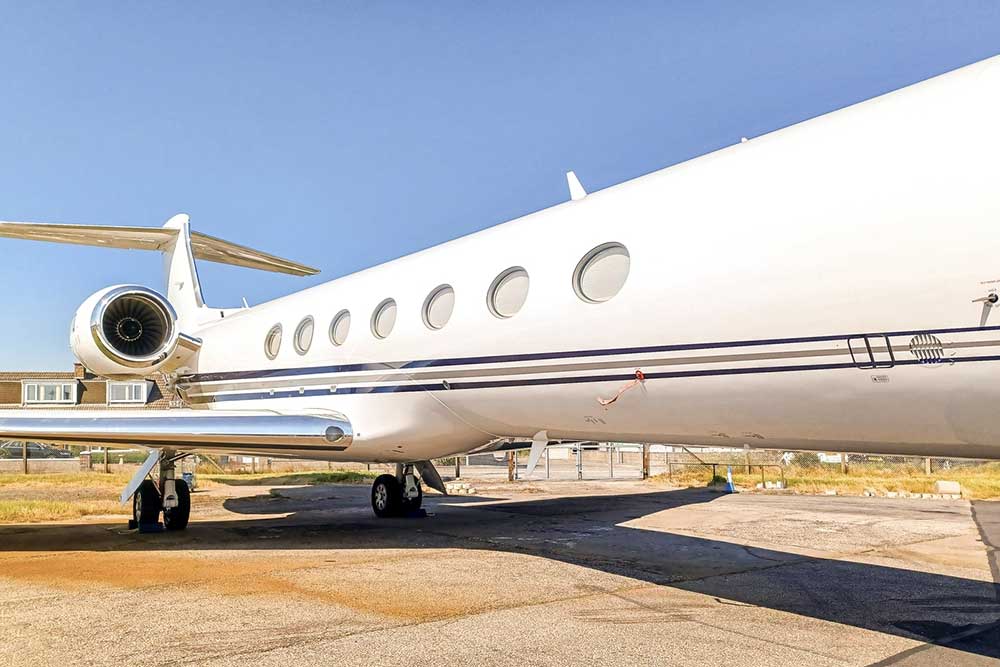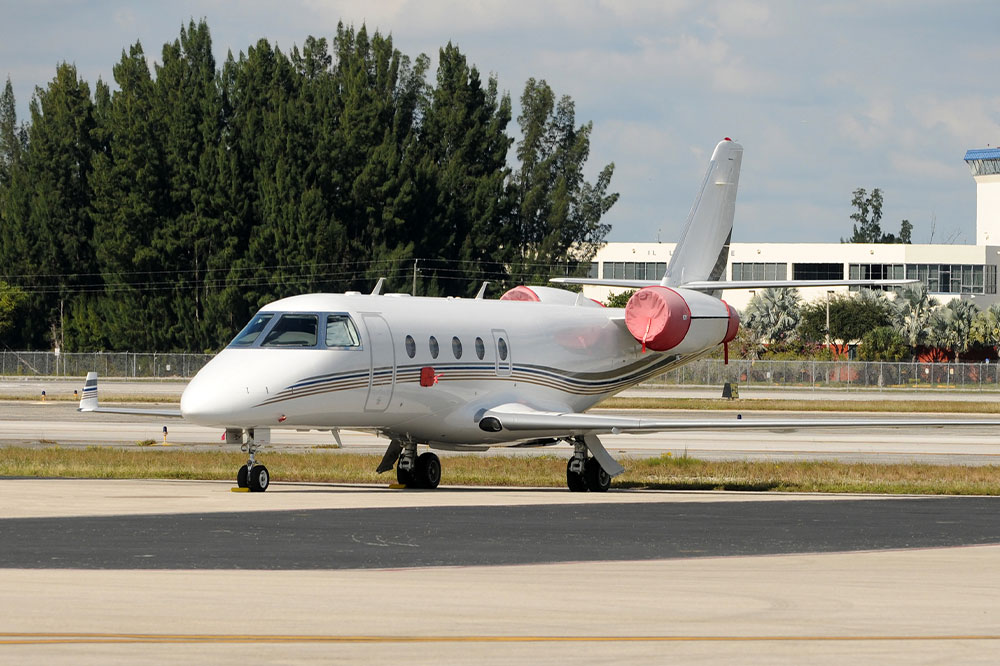Guide to Different Pilot Training Programs and Selection Strategies
Explore various pilot training pathways from student to ATP, along with tips on selecting the best school. This comprehensive guide covers requirements, course details, and strategic tips to help aspiring pilots make informed decisions and kickstart their aviation careers successfully.
Sponsored

Aspiring pilots can enroll in specialized training programs at aviation academies. These programs are rigorous and comprehensive, aiming to equip students with the skills needed for a successful aviation career. Since each course varies in features and focus, comparing options is essential to find the best fit. While this requires effort, making an informed choice can prevent future dissatisfaction and ensure a clear path to achieving pilot certification.
Types of Pilot Training Programs
Knowing the different training pathways helps when preparing for careers in commercial, private, or other aviation sectors.
Progressing from a beginner to a fully licensed pilot involves completing multiple training stages:
Student Pilot
The initial step involves obtaining theoretical knowledge in navigation, aerodynamics, aircraft systems, weather, and regulations. Applicants must be at least 16 and fluent in English. This phase allows solo flying under supervision without carrying passengers or performing commercial flights. Successful completion requires passing a written exam and securing a medical certificate from an authorized aviation medical examiner (AME).
Private Pilot License
This license qualifies individuals to operate non-commercial aircraft. Requirements include being at least 17 and proficient in English. Training covers navigation, aircraft handling, and emergency protocols. Graduates can fly small aircraft independently for personal purposes but cannot accept compensation or carry passengers for hire.
Further training avenues include:
Commercial Pilot License
The curriculum emphasizes advanced aerodynamics and operational skills for larger aircraft. Many pilots pursue an instrument rating (IR) to fly safely in poor weather by referencing cockpit instruments. With a commercial license, pilots can be paid for their services, opening professional opportunities.
Flight Instructor Certification (CFI)
Becoming a certified flight instructor involves training to teach aspiring pilots effectively. Applicants must be at least 18, fluent in English, and hold a current FAA commercial or airline transport pilot license with at least 250 flight hours. CFIs can further specialize with CFII and MEI ratings to expand their teaching repertoire.
Airline Transport Pilot (ATP)
The highest pilot qualification, ATP certification, requires candidates to be over 23, accumulate 1,500 flight hours, and pass a comprehensive knowledge test. ATP holders typically serve as captains or first officers in airline operations, commanding large commercial aircraft.
Tips for Choosing Pilot Training Programs and Schools
With many options available, careful consideration is key.
Define your goals and conduct research
Set clear objectives and identify schools that align with your long-term plans. In-depth research helps you select the right training path.
Evaluate location and climate
Consider accessibility, regional weather conditions, and the suitability of flying conditions in choosing your training location.
Determine your budget
Training costs vary based on curriculum and reputation. Establishing a budget beforehand and reviewing scholarship options can ease financial planning.
Check instructor credentials
Experienced trainers are crucial. Visiting the school and meeting instructors can provide insights into their expertise and teaching style.
Assess training quality and campus environment
Speaking with alumni and current students helps gauge the effectiveness of training and overall school atmosphere, aiding informed decision-making.
Choosing the right pilot training program involves thorough research and understanding of personal goals. Following these guidelines can help aspiring aviators select the best path. With proper planning and mentorship, turning the dream of flying into reality becomes much more achievable.





